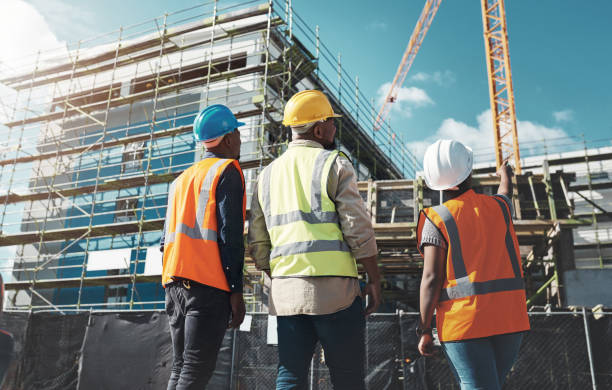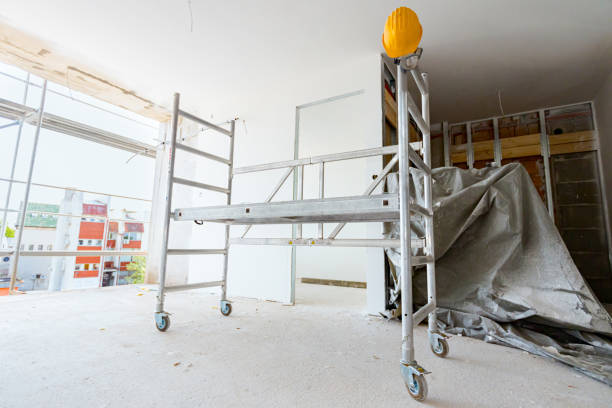What Is The Standard Scaffold Dimensions
Jul 26, 2023

Scaffolding holds utmost significance in construction endeavors as it provides a secure means for workers to access unreachable heights. Whether the project takes place indoors or outdoors, the choice of scaffolding is contingent on the nature of the undertaking. Ideally, scaffolding should be positioned four feet above a lower level, while in construction work, a minimum height of six feet above a lower level is recommended. When laborers operate at a height of ten feet above a lower level, fall protection becomes imperative for their safety.
The type of scaffolding deployed varies depending on whether the construction transpires indoors or outdoors. Ladders prove more efficient for indoor tasks, such as straightforward paint jobs or ceiling repairs. Thus, the work site significantly influences the selection of scaffolding.

Indoor construction rarely necessitates scaffolding unless access to high-ceilinged areas is required. The predictable nature of indoor sites simplifies preparation for the work at hand. While ladders serve well for indoor projects, they may be inadequate for tasks involving heavy tools. In contrast, rolling scaffolds with smooth surfaces offer a more suitable option.
Prior to employing scaffolding indoors, it is imperative to ensure the wheels are securely locked to prevent accidents or injuries. Furthermore, the multifunctional steel indoor scaffolding height should not exceed four times the height of the shortest side of the scaffold's base when it is unattached to another structure.

In contrast, concrete outdoor scaffolding demands careful consideration of various factors, such as weather conditions, the nature of the work, and desired height. Diligence in setting up the scaffolding tower is necessary, as poor weather conditions pose risks to its stability and safety. The uneven ground outdoors calls for additional safety measures. To tackle such surfaces, scaffolds equipped with adjustable base plates are ideal, providing stability across expansive areas and facilitating the use of heavy tools.
For elevated tasks or instances where conventional scaffolding cannot be adequately supported, suspended scaffolds prove to be a prudent choice. These scaffolds are particularly well-suited for tall buildings, enabling safe window cleaning, painting, and other related endeavors.
Numerous scaffolding types are available, necessitating guidance from an experienced expert to make informed decisions. Such a professional can also recommend the appropriate height for installing the scaffold, ensuring the safety and efficiency of the construction process.
Is there a standard height for scaffolding?
Can I extend the height of the scaffolding if needed?
What is the maximum height for mobile scaffolding?
Can scaffolding be used for any type of construction project?
A Guide to Scaffold Use In The Construction Industry -- OSHA
Scaffolding Tubes -- SIMIAN-RISK
Scaffolding Components -- EHSDB